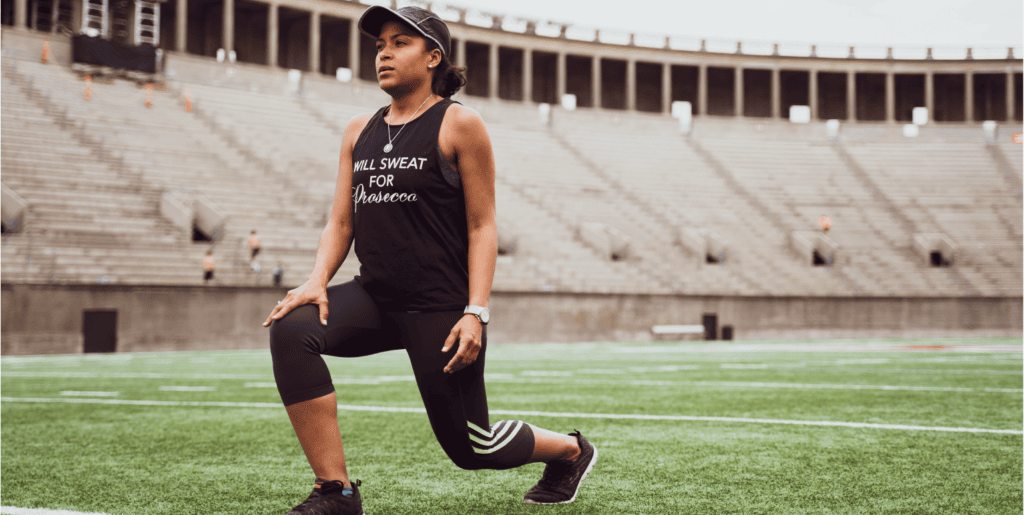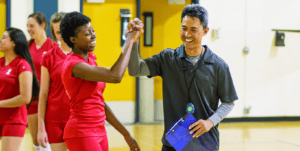PCA Resource zone
Breathing Exercises for Athletes

Teaching your athletes these breathing exercises can help them reduce anxiety, calm their stress response system, focus more clearly on the goals ahead, and improve performance. Slow, deep breathing helps increase the level of oxygen in the body, calms the nervous system, and improves posture by reducing tension and improving alignment(1). The strategies below can be used pre-game, during time-outs, in high-pressure situations, or even mid-game.
Box-Breathing
Breathe in slowly for 4 seconds, hold your breath for 4 seconds, breathe out slowly for 4 seconds, and hold again for 4 seconds – repeat.
5-Finger Breathing
Put out your right hand with fingers outstretched. Place your left pointer finger at the base of your right thumb. Breathe in as you trace your pointer finger up your thumb. Breathe out as you trace down the opposite side of your thumb. Repeat with each finger until you’ve traced them all.
Change Inhale-to-Exhale Ratio
Especially when feeling stressed, changing your inhale-to-exhale ratio can help you calm down. While inhaling increases your heart rate, exhaling helps it slow down (2).
Shift your inhale-to-exhale ratio to favor a longer exhale. Breathe in for 4 counts, then breathe out for 8 counts. Repeat this until you feel more relaxed.
Breath Focus
Notice how it feels when you inhale and exhale normally, noting any potential tension. Take a slow, deep breath through your nose and notice your belly and upper body expanding. Exhale in whatever way is most comfortable. Choose a word to focus on during your exhale. Do this for several minutes – paying attention to the rise and fall of your belly.
Abdomen Breathing
Place one hand on your chest and one hand on your stomach above your belly button. Breath in through your nose, noticing your stomach rise and your chest staying relatively still. Exhale through your mouth, using your stomach muscles to push air out at the end of the breath. Repeat.
Modified Lion’s Breath
Take a deep breath through your nose, filling your belly with air. When you can’t breathe in anymore, open your mouth as wide as you can and breathe out with a “HA” sound. Repeat.
1. https://www.ncbi.nlm.nih.gov/pmc/articles/PMC10224217/
2. https://www.mentalhealthfirstaid.org/2021/07/how-breathing-can-help-reduce-stress/
3. https://www.health.harvard.edu/mind-and-mood/relaxation-techniques-breath-control-helps-quell-errant-stress-response
4. https://www.healthline.com/health/breathing-exercise







